You can share passwords on iPhone automatically with your entire family, so you don’t have to reuse the same password everywhere or let everyone in your family know when a shared password is changed.
Setting up this feature is easy and saves the hassle of being texted “hey I can’t get into Amazon, what’s that password again?” and “I need you to send me the code.” When you set up shared passwords, two-factor authentication and passkeys are shared, too.
It’s a huge time-saver, and highly recommended.
Here’s how to set it up.
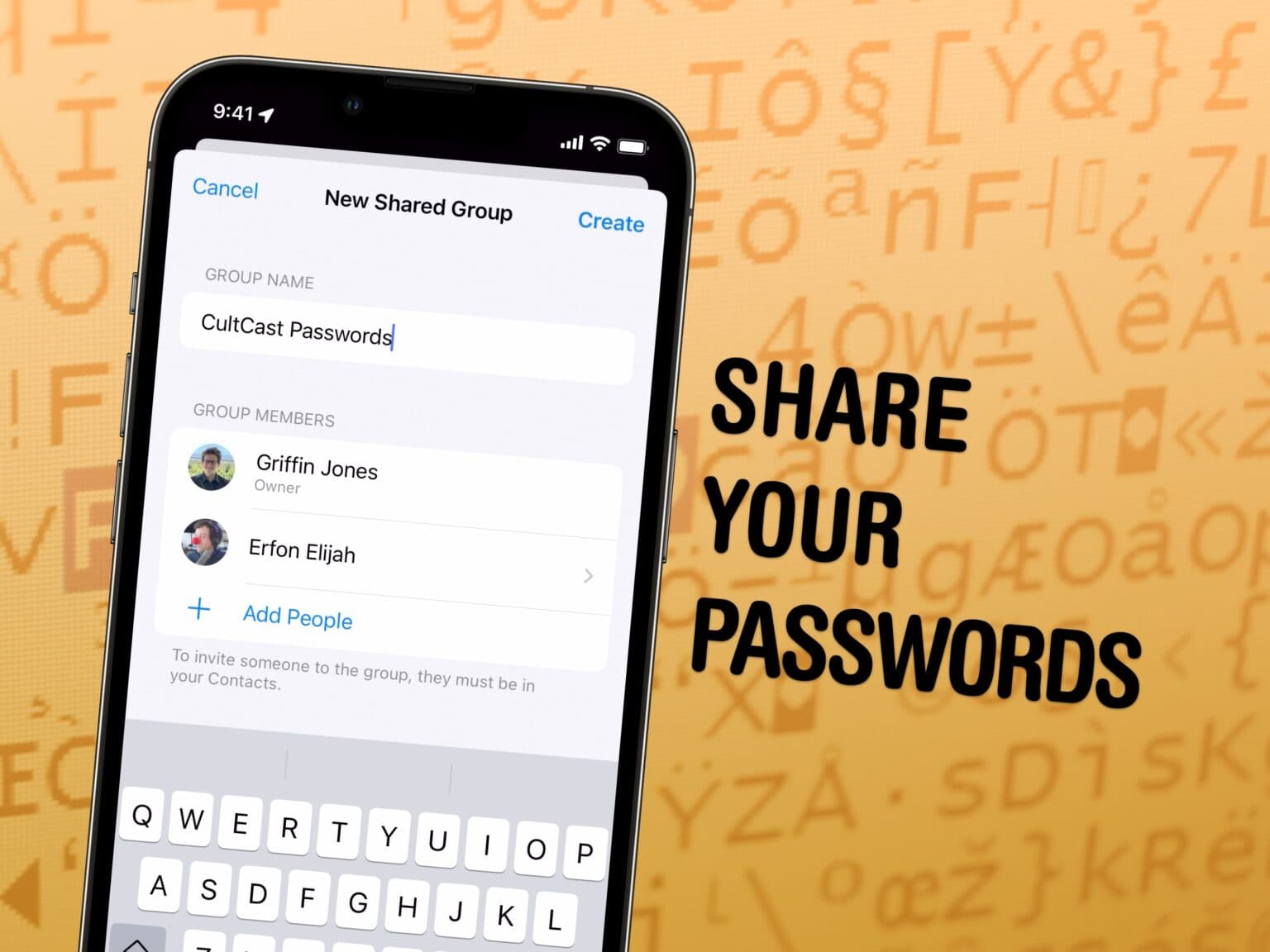
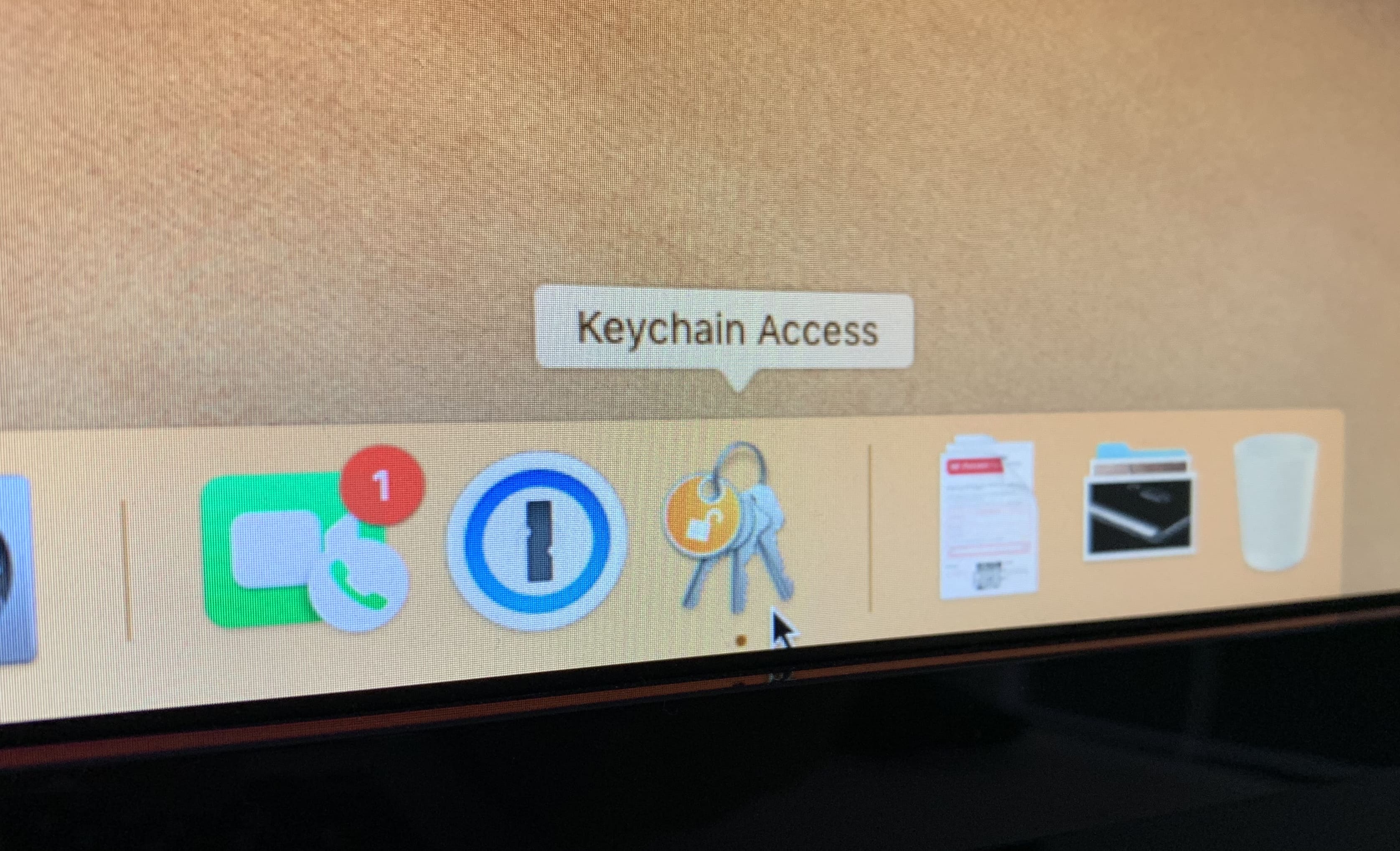
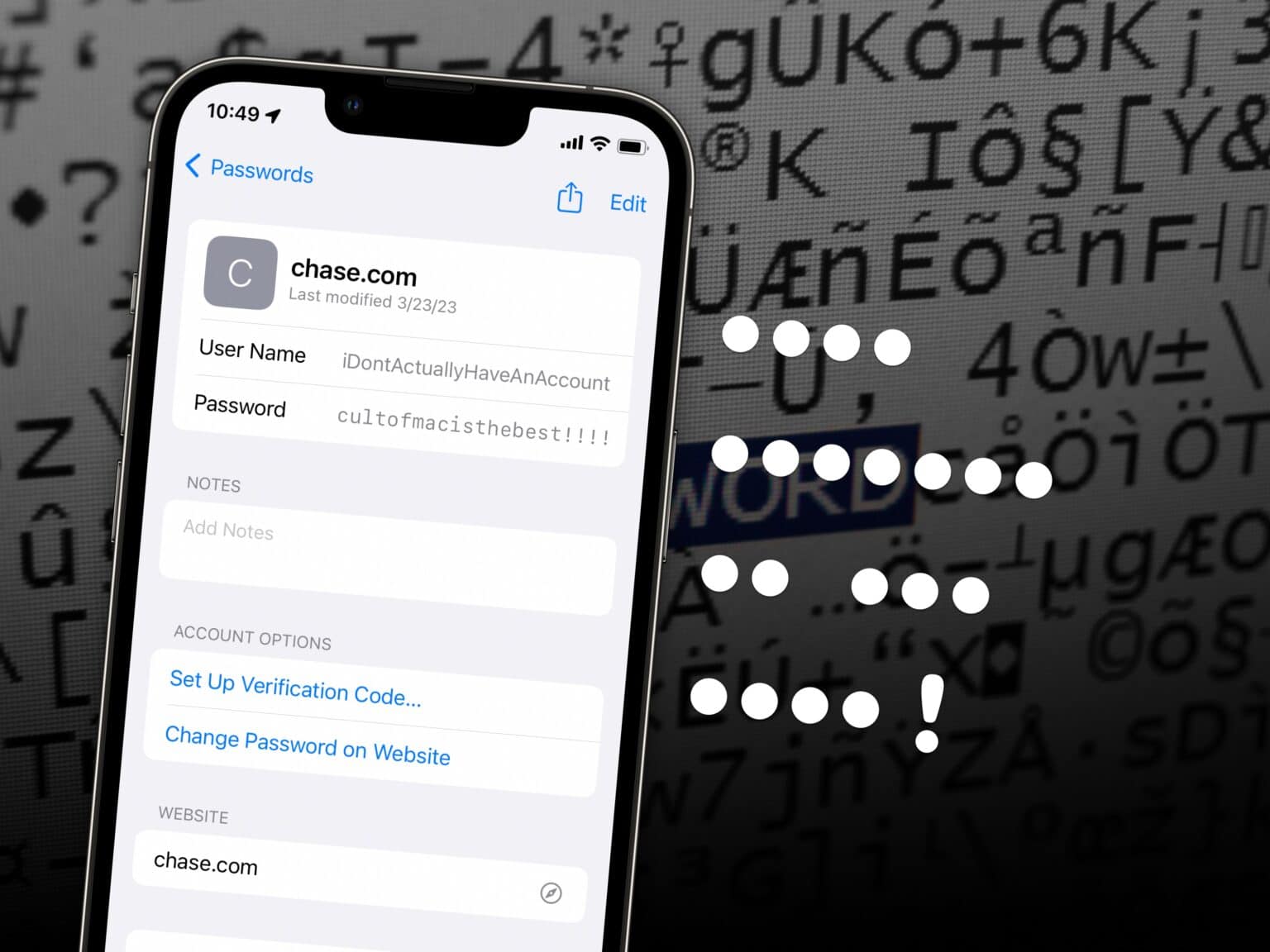
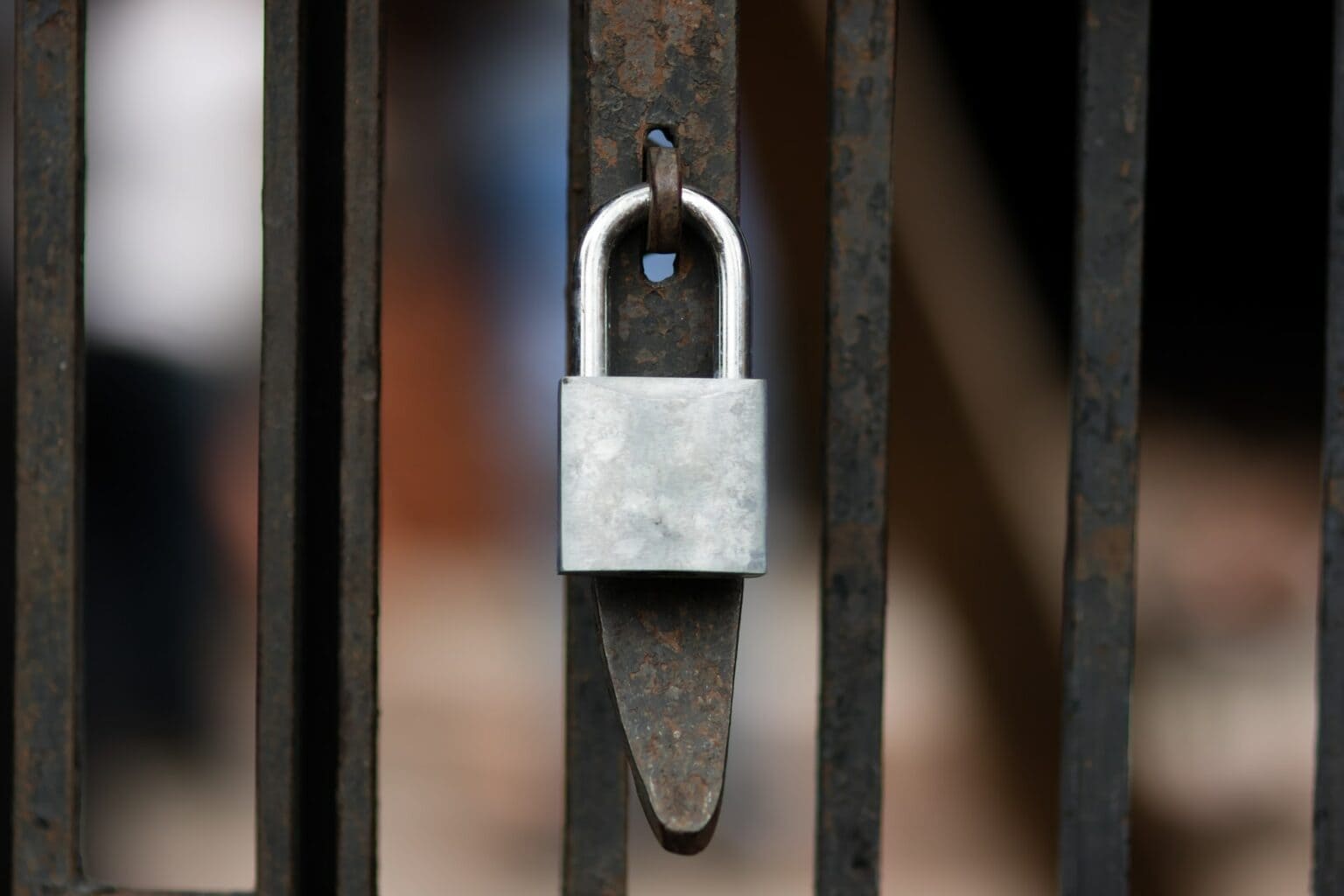
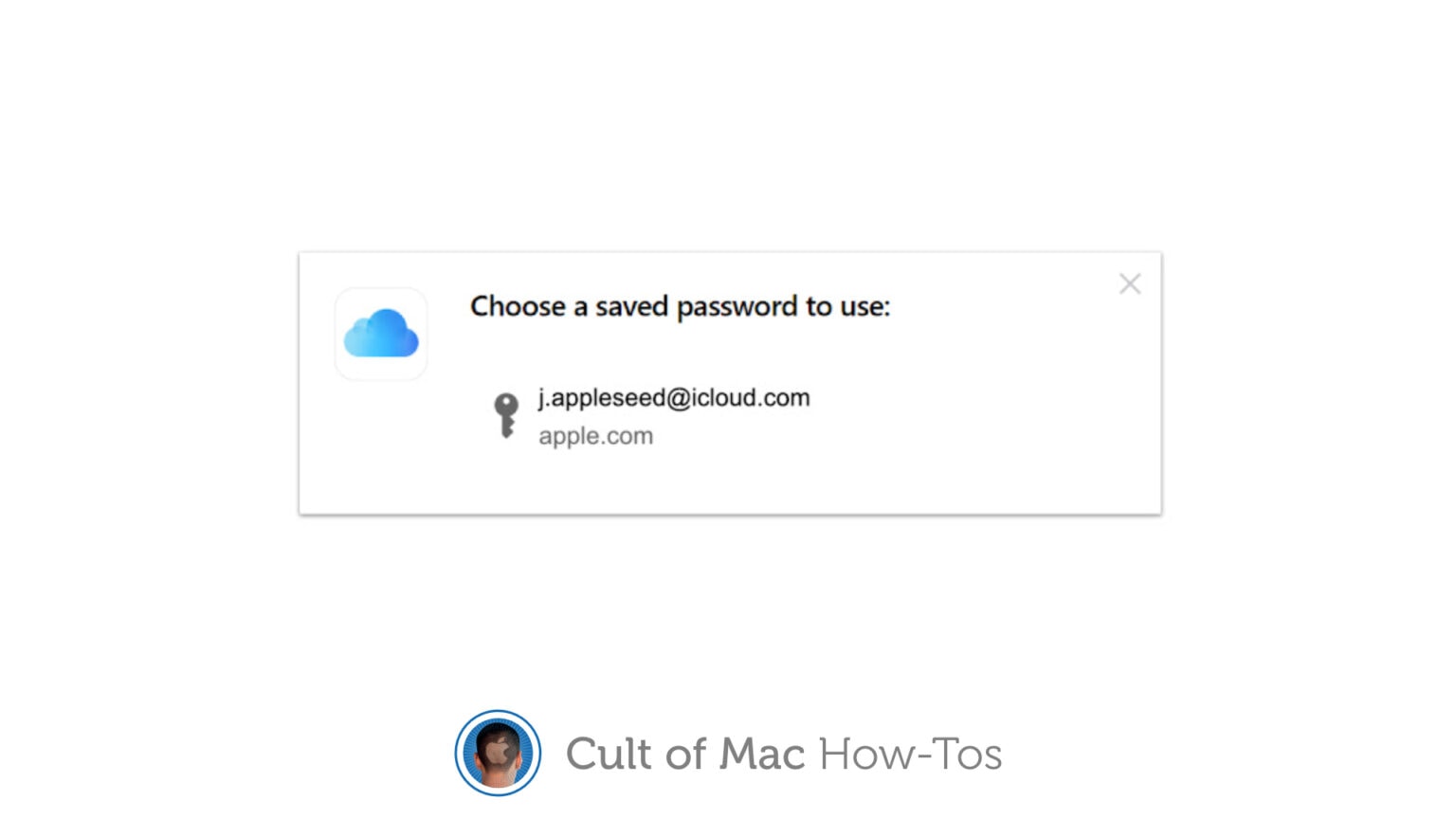
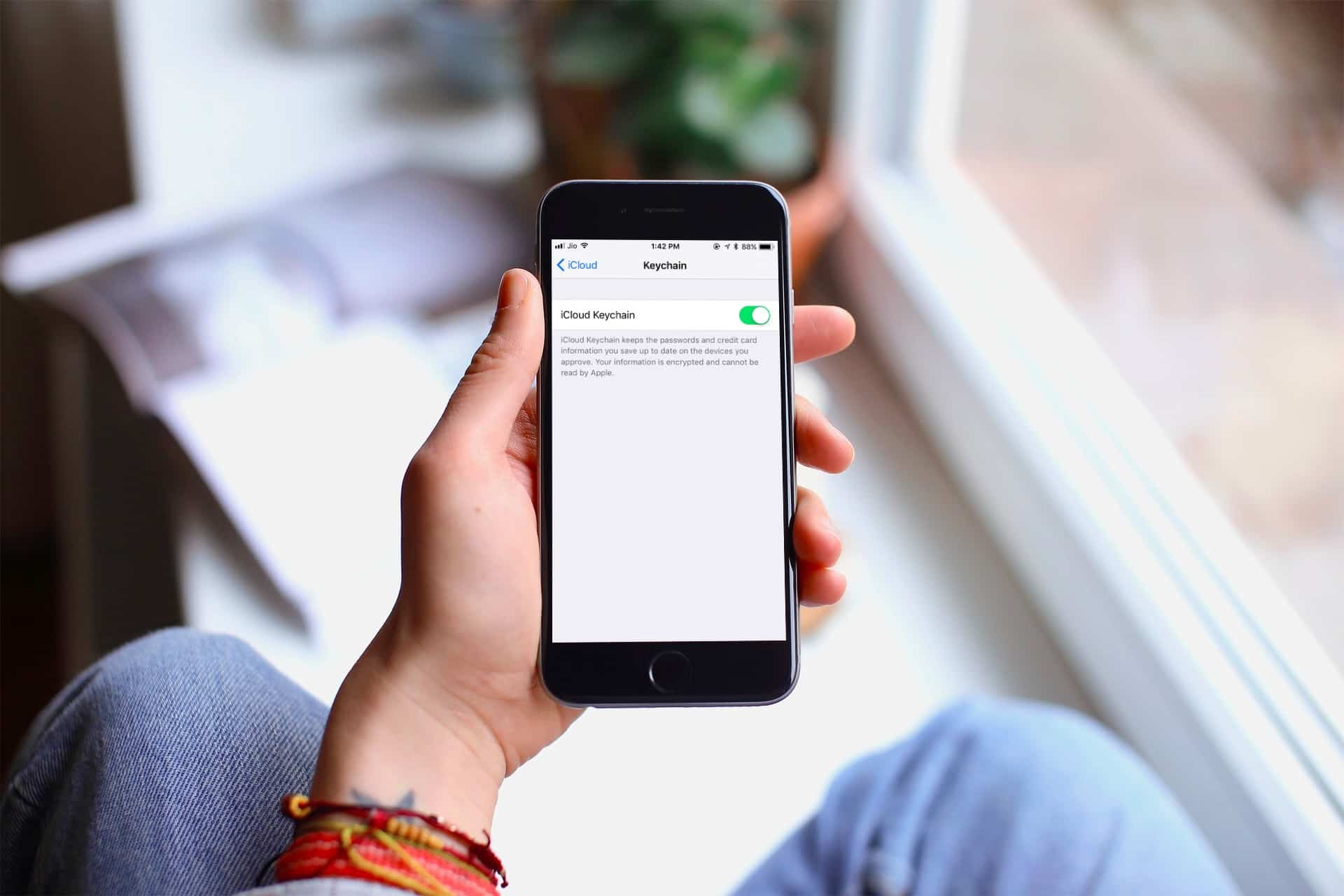
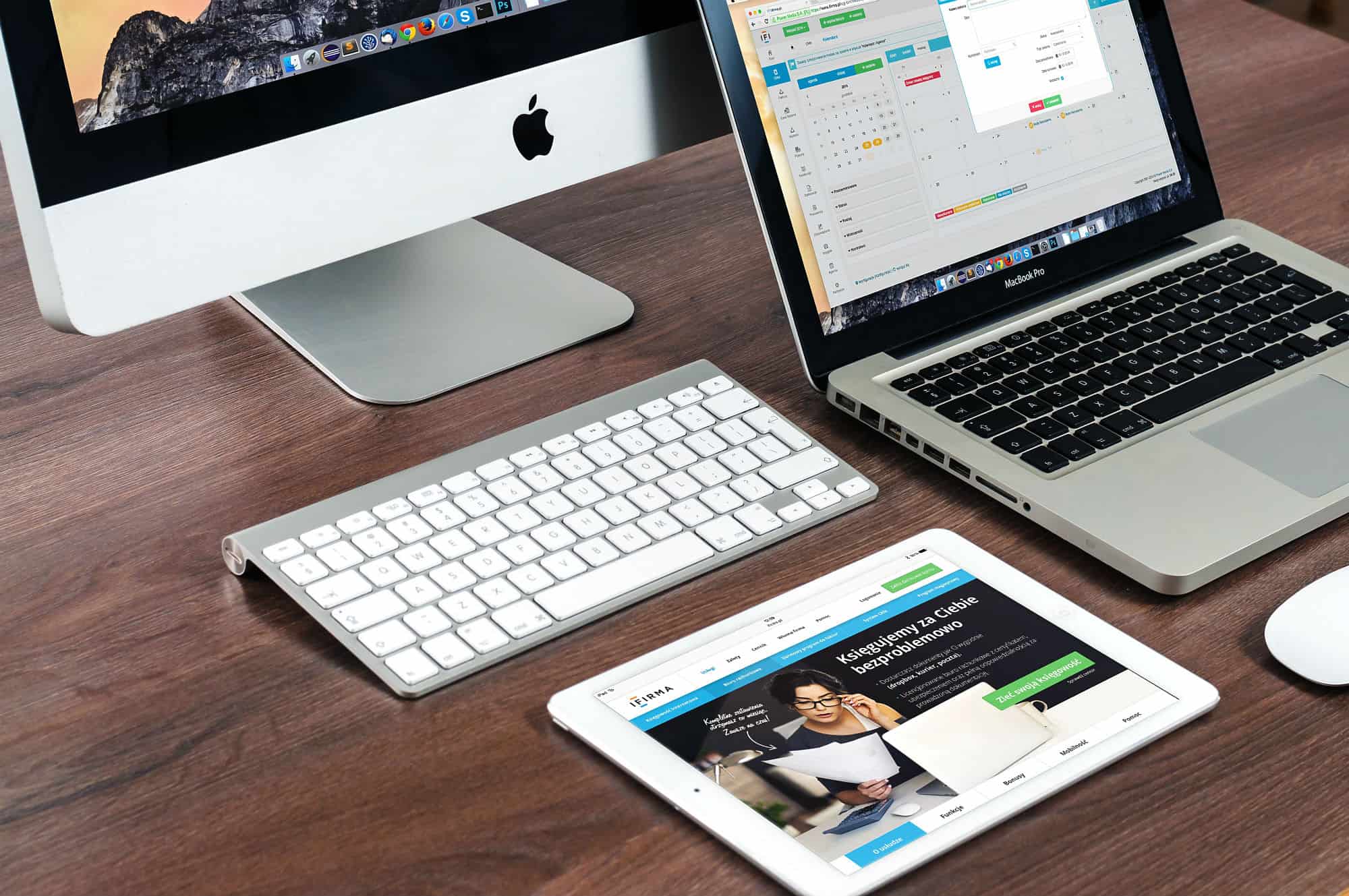
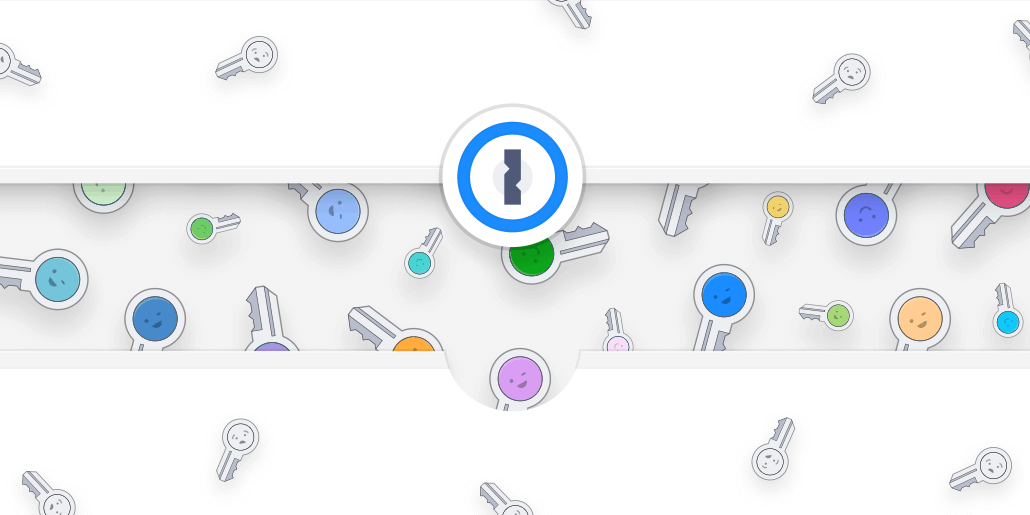
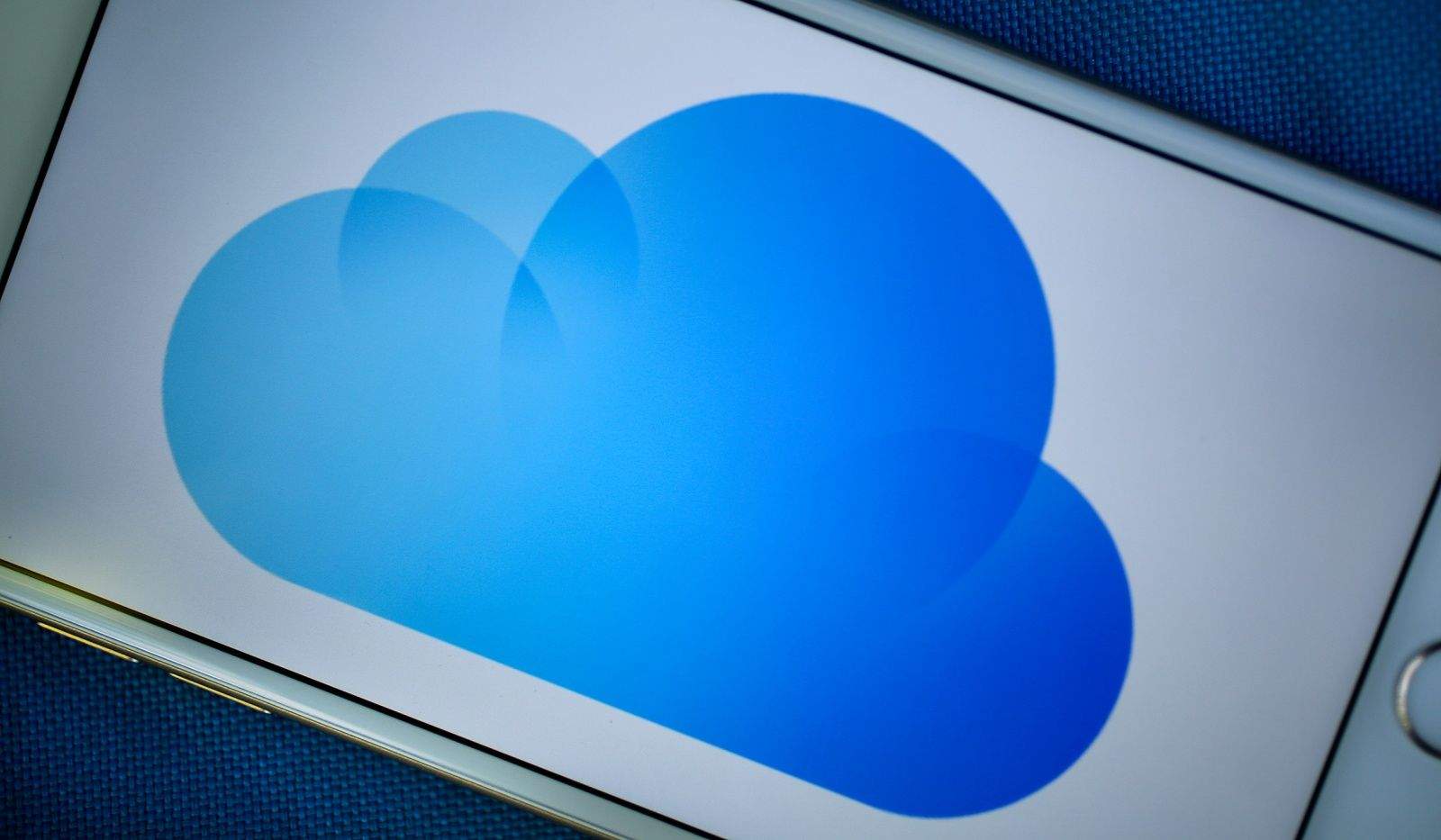
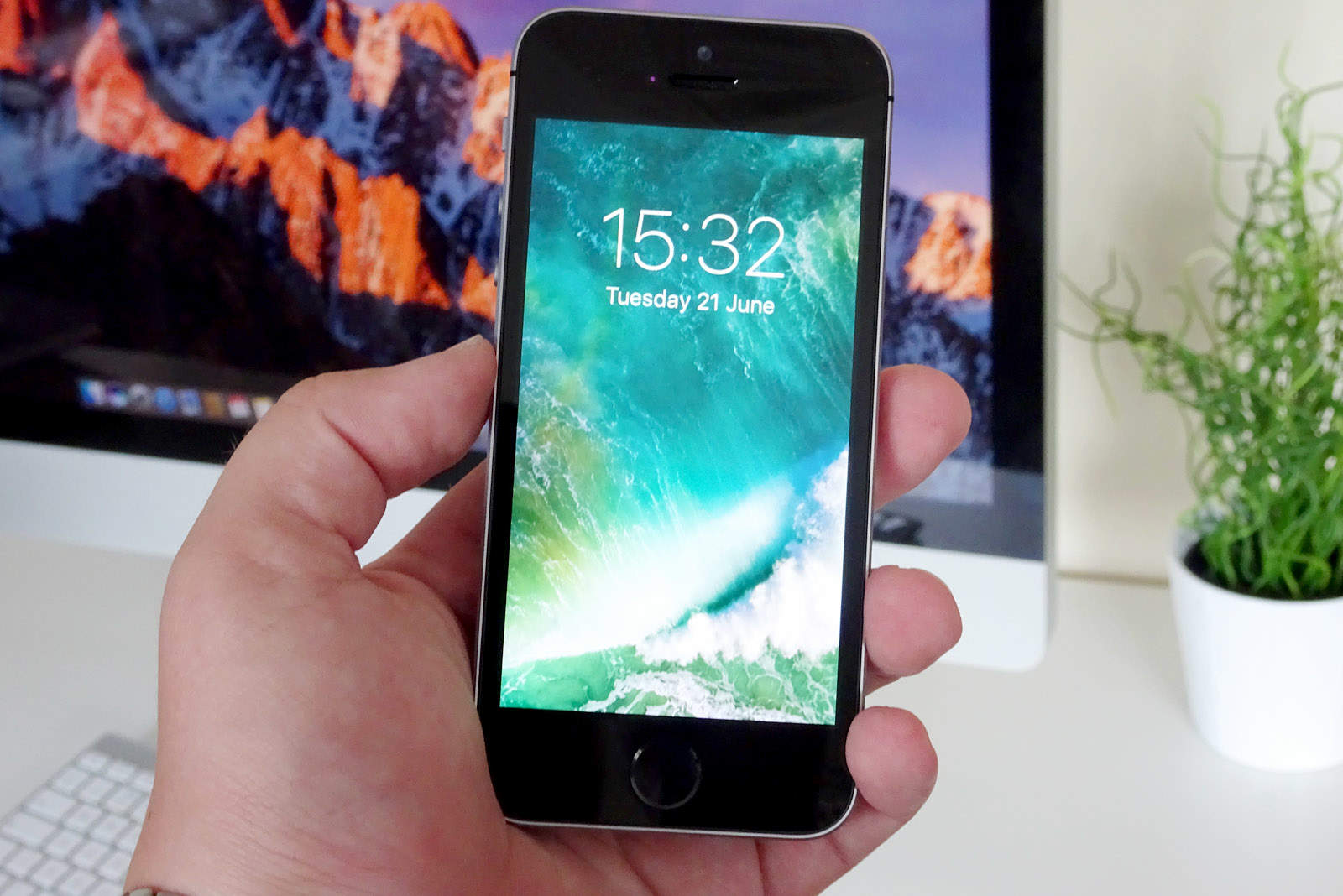


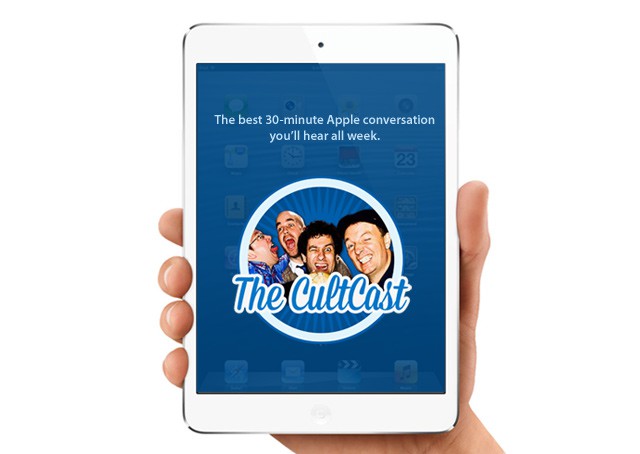

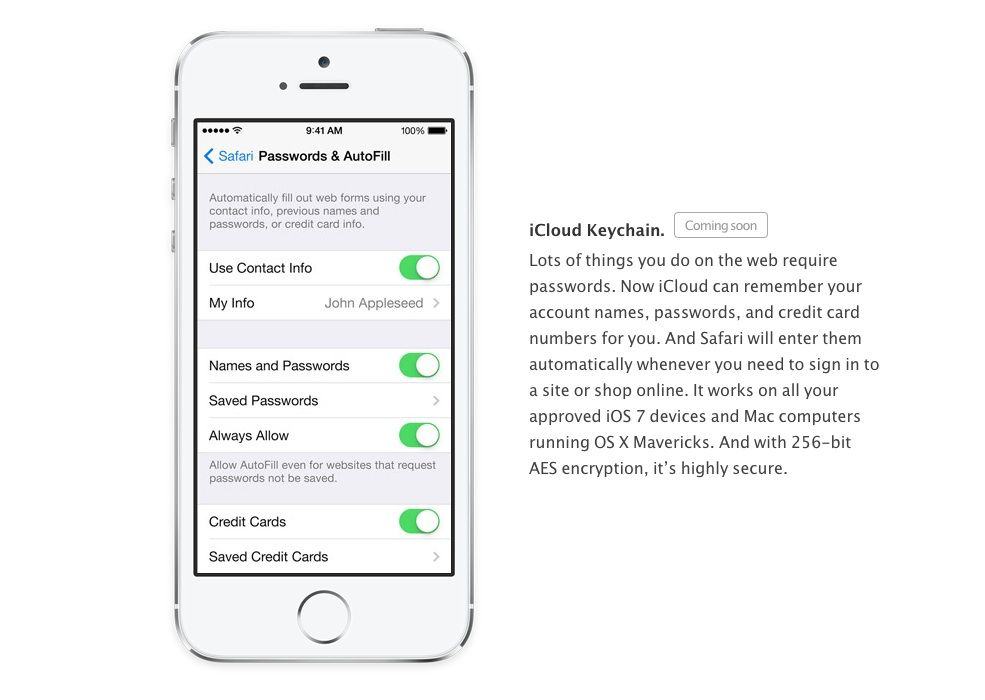
![Get Password Suggestions Using iCloud Keychain And Safari In Mavericks Beta [OS X Tips] iCloud Keychain Mavericks](https://www.cultofmac.com/wp-content/uploads/2013/07/iCloud-Keychain-Mavericks.jpg)
![OS X Mavericks Gets An iCloud Keychain For Secure Passwords, Credit Cards And Logins Across All Devices [WWDC 2013] Screen Shot 2013-06-10 at 1.40.43 PM](https://www.cultofmac.com/wp-content/uploads/2013/06/Screen-Shot-2013-06-10-at-1.40.43-PM.jpg)